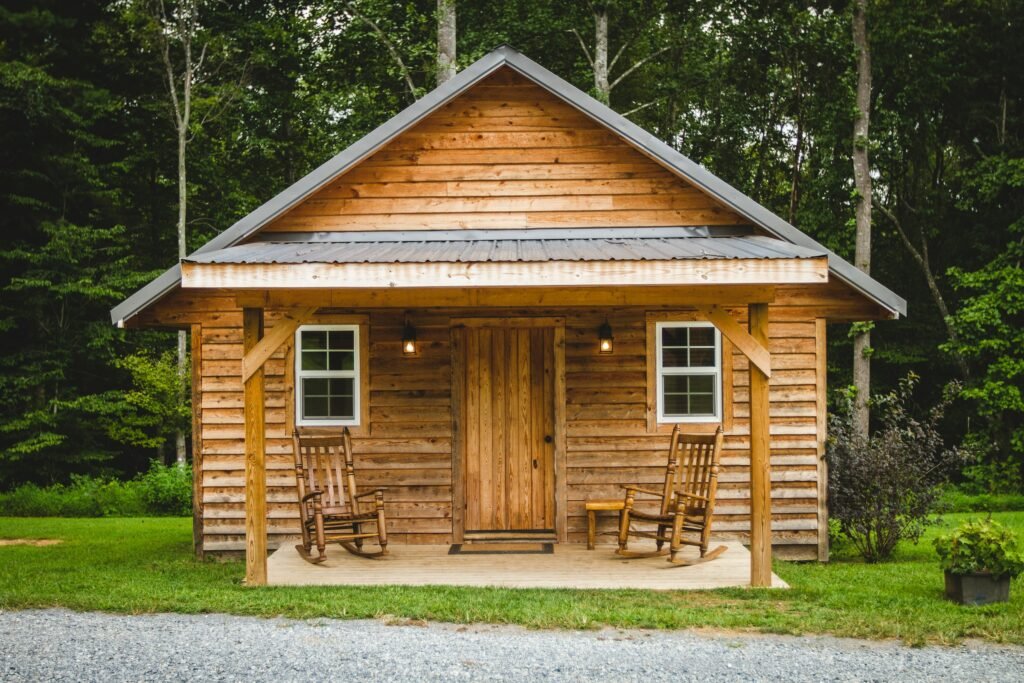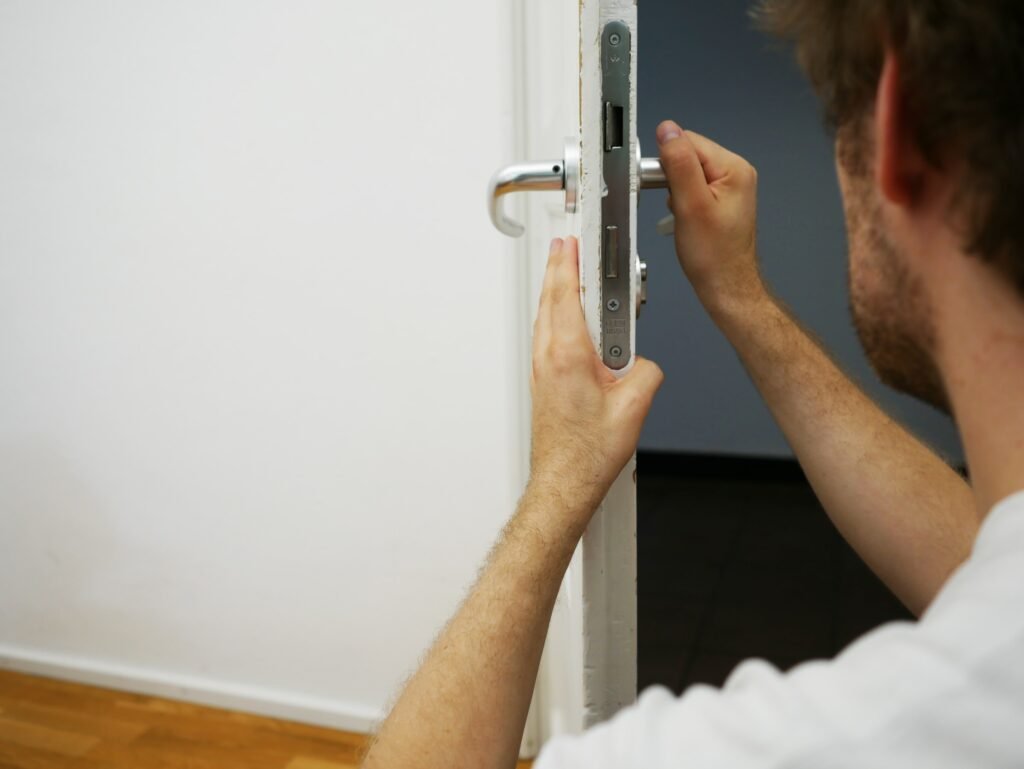When it comes to securing your log cabin, the right combination of locks, keys, and security measures can make a significant difference. As a locksmith with years of experience, I’ve encountered various challenges unique to log cabins. In this guide, I’ll share valuable insights and top tips to ensure the safety and security of your log cabin haven.

Invest in High-Quality Exterior Doors and Locks
Log cabins often have distinct charm, but their traditional design may present security challenges. Begin by investing in high-quality exterior doors. Opt for solid wood or metal doors that are both durable and resistant to tampering. A well-built door is your first line of defense.
Pairing these doors with robust locks is equally crucial. Consider deadbolt locks, preferably with a one-inch throw, as they provide enhanced security. For log cabins, choose locks designed to withstand exposure to the elements, ensuring durability in various weather conditions.
Strategic Lighting for Enhanced Security
Proper lighting is an effective deterrent against burglars. Illuminate the perimeter of your log cabin with strategic outdoor lighting. Motion-activated lights near entry points and along pathways not only discourage trespassers but also provide added safety when navigating around the cabin at night.
Solar-powered or battery-operated lights are ideal for remote log cabins, eliminating the need for extensive wiring. Well-lit surroundings reduce hiding spots and create an environment that discourages unwanted visitors.
Secure Windows with Reinforcements
Windows are vulnerable points in any home, and log cabins are no exception. Reinforce windows with laminated or tempered glass to make forced entry more challenging. Consider installing window locks and sensors that trigger alarms in case of unauthorized access.
Additionally, strategically placed thorny shrubs or bushes near windows can act as a natural deterrent, making it more difficult for intruders to approach discreetly.
Implement a Key Management System
A key management system is vital for log cabin security, especially if multiple individuals have access. Avoid leaving spare keys under doormats or in easily accessible areas. Instead, consider a secure key lockbox with a combination only known to trusted individuals.
Rekeying the locks periodically is a good practice, especially if there’s a change in occupancy. This ensures that past tenants or individuals with previous access no longer have the ability to enter the cabin.
Utilize Smart Security Technology
Incorporate smart security technology to monitor and control your log cabin remotely. Smart doorbell cameras, security cameras, and alarm systems allow you to keep an eye on your property from anywhere in the world. Some systems even provide real-time alerts, allowing you to respond promptly to potential security threats.
Ensure that your Wi-Fi network is secure, and change default passwords on any smart devices to prevent unauthorized access. Smart technology adds an extra layer of security and peace of mind, especially for log cabins situated in secluded areas.
Conclusion
Securing your log cabin goes beyond mere aesthetics; it’s about creating a safe and peaceful retreat. By investing in quality doors and locks, strategic lighting, reinforced windows, effective key management, and smart security technology, you can fortify your log cabin against potential threats. Implementing these tips, combined with regular maintenance and awareness, will help you enjoy the serenity of your log cabin with the confidence that it is well-protected.
